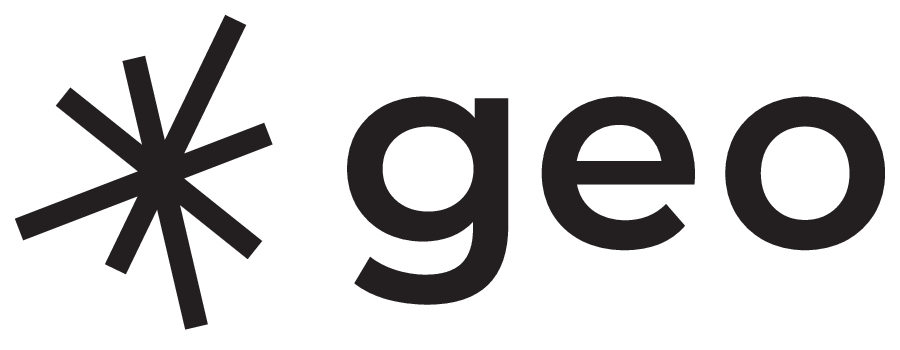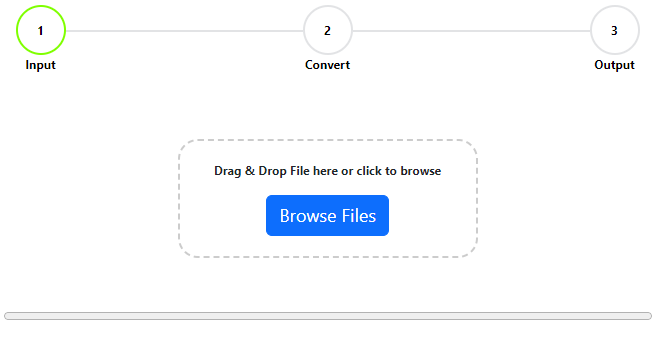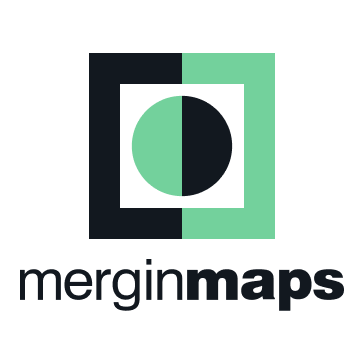...Or we can send you an email
- All
- Earth Observation
- Geospatial Career
- Geospatial Concepts
- Geospatial Startups
- Geospatial Tech and Tools
- GIS
- mapscaping.com
GNSS receivers – why precise positioning will not be coming to your phone any time soon
GNSS receivers - why precise positioning will not be coming to your phone any time soon Igor is the CEO and cofounder of Emlid.com a company that started out making high-precision GNSS receivers in his kitchen and crowd-funded the first batch on Ki...
The Way You Talk About Your Geospatial Skills Is Costing You Money
Refactoring the Way you Talk About your geospatial skills: It is Costing you Money Some of the key topics in this episode 1.Our Geospatial Skills and Marketability: There's a realization that while our traditional geospatial skills are valuable, the...
Modern Geospatial
Modern geospatial - not the bleeding edge of geospatial but modern geospatial - what is it? Well my guest Will Cadell, the CEO of SparkGeo describes modern geospatial as the intersection of the cloud, smart space, open source data/standards, AI and s...
Introduction To LIDAR & Point Clouds
The main topics discussed during this episode include: Basics of LIDAR data and its applications. Differences between LIDAR and photogrammetry. Processing chain of LIDAR data. Challenges in classifying point clouds. Applications of LIDAR technology i...
Introduction to Cloud Native Geospatial
Alex Leith is a Digital Earth Architect and in this episode, you will learn what Infrastructure as cloud is - hint it is the opposite of the "clicky-clicky" and so much more! Connect with Alex here https://auspatious.com/ Recommended Listening Cl...
GPS Reimagined
GPS reimagined? Why do we need to reimagine GPS? ... Is it broken? Recommended Podcast Episodes How Google Calculates Your Location https://mapscaping.com/podcast/how-google-calculates-your-location/ From GNSS To VPS https://mapscaping.com/podc...
The Business of QGIS Development
Nyall Dawson is a QGIS developer, cartographer, and owner and founder of North Road, a company specializing in open-source geospatial software. His journey into geospatial began with personal interests in mapping and cartography, which later evolved ...
Making Beautiful Maps In Felt
This episode is all about making beautiful maps ... I am not a cartographer but my guest Mamata Akella is a professional cartographer at Felt! So today on the podcast we are talking about Essential Elements of Map Design: Which of course starts with...
Planet – Imaging Everything, Every Day … Almost
Planet manufactures and manages the world's largest consolation of earth observation satellites! Imaging "Just about everywhere on earth just about every day - Making change visible, accessible, and actionable" ... and the hope of this episode is to ...
Fire Mapping, Maritime Search And Wide Angle Imaging
This episode is a story about wide-angle imaging for fire mapping and maritime search but it's also a story about changing the culture and getting people to trust a new way of doing things. My guest today is Alison Harrod - mission success manager ...
Personal Branding in Geospatial
It's not about becoming an influencer it's about creating opportunities for yourself In this episode, we tackle the common misconception that personal branding is solely for influencers, revealing how it's actually about creating the right visibili...
Entity Resolution with Placekey
Entity resolution is the process of matching and merging records from different sources that refer to the same entity. today's episode is about entity resolution for place data, why you might want to do that, and what any of this has to do with the...
Strategic Buy-In For FOSS4G
Embracing Open-Source Geospatial Technology is easy as an individual but what if you want your organization to use FOSS4G How do you get strategic buy-in? It turns out that the software does not sell itself and that even in the age of AI we still hav...
From GNSS to VPS
** Warning** Consuming this content may lead to educated opinions and or a better understanding of the future of location technology! ** Proceed with caution!! ** If are curious about any of the following topics this episode is for you! Evoluti...
Overture Maps And The Daylight Distribution
In this podcast episode, Jennings Anderson, a research scientist at Meta, discusses the Overture Maps Foundation, a downstream product of OpenStreetMap. He explains his background in open map data and his interest in studying collaboration within the...
100 billion Points Every Day
100 billion Points Every Day 100 billion is a very large number, let's say that I gave you a spreadsheet with 100 billion rows in it, each row consisted of five columns Latitude, Longitude, Device ID, A Timestamp, and a column telling the name of the...
Synthetic Data For Real Problems
Computer vision is everywhere! But teaching an algorithm to identify objects requires a lot of data and this is definitely the case when we think about GeoAI But it is not enough to have a lot of data we also need data that is labeled If we are loo...
Hub Ocean
This is an interview with a senior data scientist from Hub Ocean, a platform that aims to unlock and unite ocean data. Hub Ocean - as the name suggests is a hub for ocean data Now we have talked about these kinds of data hubs before on the podcast -...
Felt – Upload Anything
felt.com is a browser-based mapping tool and but its also a reminder that just because we have always done web mapping one way it doesn’t mean it always has to be done that way. For example, Felt lets you upload anything! That's a bold promise, you ...






AI Autocomplete for QGIS
AI Autocomplete for QGIS Brendan Ashworth the CTO and co-founder of https://buntinglabs.com/ focuses on integrating AI with QGIS, and today on the podcast we are talking about Autocomplete for vectorization. Along the way Brendan will share with us w...